"I would feel more optimistic about a bright future for man if he spent less time proving that he can outwit Nature and more time tasting her sweetness and respecting her seniority."
-Elwyn Brooks White, 1977
Addington Highlands is home to 25 different species at risk. In North Frontenac, a total of 30 different at risk species, can be found. These are species listed as threatened, of concern, or endangered. These are species whose habitats need to be protected. The immensity of the development proposed by the Proponent will be nothing less than devastating for these species, their habitats and accompanying fragile ecosystems.
A Blanding's turtle, one of Ontario's at risk species. Photo by Ed Rohr, June 10 2015 on Buckshot Lake Road.
The inevitable environmental devastation cannot be questioned when you consider the following:
The development of industrial wind turbines requires a minimum of 2.5 acres of cleared land per tower. In addition to the land required for the turbines themselves, there is need for extensive road construction to allow for the building of, the transportation of, and for access to the towers. These roads need to be large enough and straight enough to accommodate the turbine towers and the blades, which are sized at more than 150 feet. The extensive road construction for back country access requires deforestation at a very large scale. The materials required for use in constructing the roads and the turbines themselves run the risk of leaching into and contaminating the land, groundwater and sensitive lakes of the area. The use of industrial lubricants to run the turbines add further risk of contamination from spills.
The immense size of Industrial Wind Turbines can be hard to visualize. This video shows the process of building a single turbine step by step, with facts throughout. While the turbines featured in the video may not be the exact model of turbines proposed, the statistics cited throughout the video paint a terrifying picture.
Excavation 10 feet deep and 100 feet wide; up to 96,000 pounds of reinforcing steel; up to 53 concrete trucks to pour foundations; 1,500 cubic yards of soil backfilled and leveled; blades 153 feet long and 27,000 pounds each; 8 truckloads to deliver turbine components; and a total time from excavation to operation of just 3 weeks.
In just 3 weeks, thousands of acres of private and crown land, adjacent to highly sensitive lakes, home to 30+ at risk species, would go from pristine to devastated by industrial development. Ruin for any species living in the area.
A peregrine falcon, a species of special concern in Ontario on Brule Lake. Photo by LeeAnn Carnegie Newman.
It is important to note that the areas proposed for these developments, at high elevations, have almost no roads near the high points. This is not a small addition to an existing infrastructure. These projects represent the introduction of massive infrastructure to an area almost entirely without. Considering the access roads, power lines, towers, stations, and the construction sites of the turbines themselves – this proposal would be total decimation of Addington Highlands and North Frontenac.
Industrial wind turbines are said to have a working life span of up to 25 years, (though some studies suggest they are lasting only half as long.) Restoring the landscape of the community back to its natural state after decommissioning will be a near impossible task.
A Blandings Turtle, one of Ontario's threatened species, spotted on June 7, 2015 near Brule Lake by resident LeeAnn Carnegie Newman




